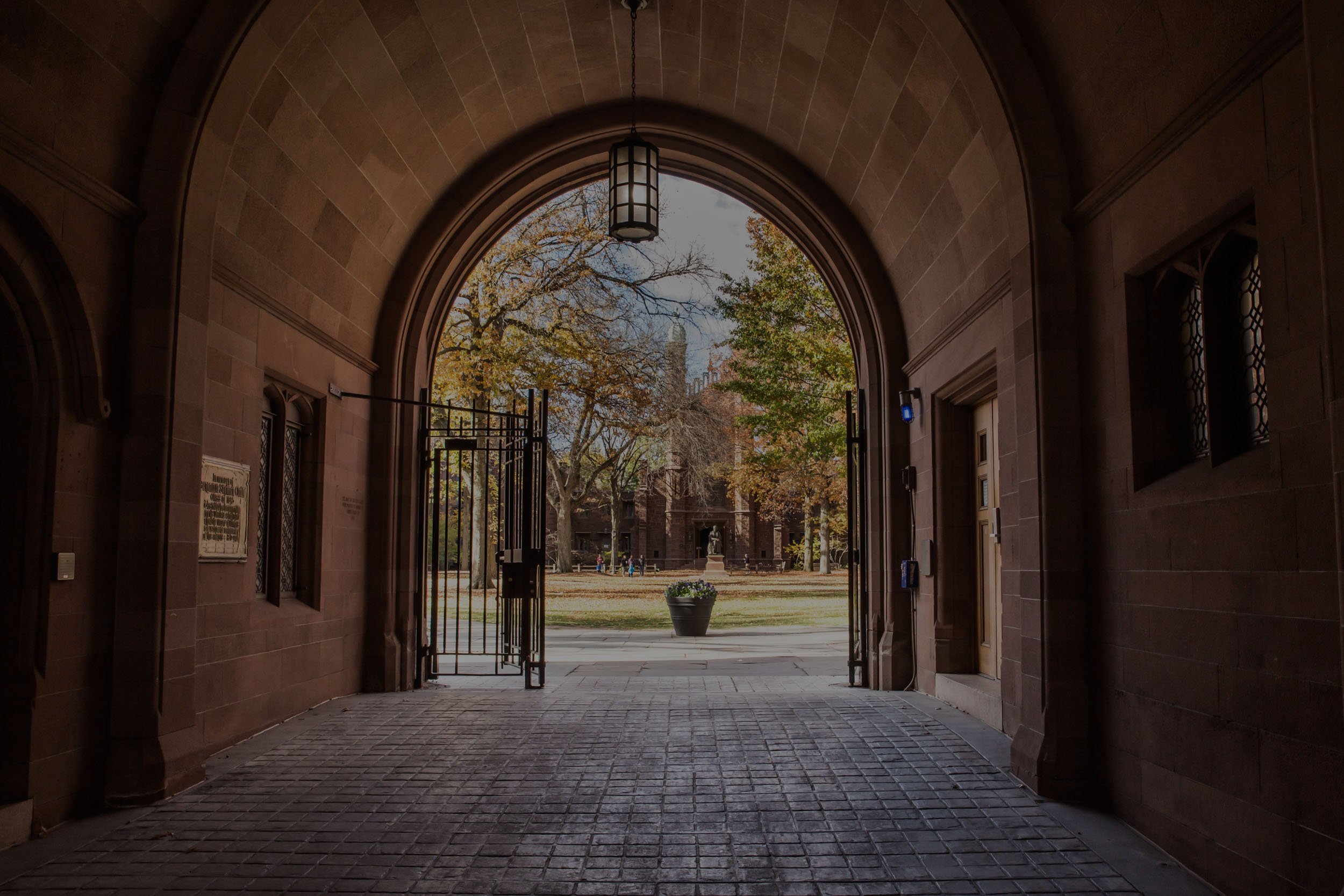As we’ve seen throughout our Student Weakness blog series, most of the questions on the ACT English section center on grammar rules and conventions of style. There are, however, certain questions that ask about the actual content of the passages. These questions are really closer to Reading questions than they are to English questions, and they can be particularly difficult because they require a longer amount of time and deeper understanding of the passage to answer. While most grammar questions can be answered by looking at one or two sentences that are near the question, content questions require students to understand and review all of the passage.
The most common type of content questions on the ACT English section are primary purpose questions. These questions follow a very predictable structure. They are always the last question in the passage, and you must determine whether or not the passage achieved a stated goal. To answer these questions accurately, we need to differentiate between the “what” of a passage and the “why” of a passage. The “what” of a passage is obvious: the plot or events in the narrative or article. The “why” is different and refers to the author’s purpose in writing a passage. An author’s purpose can be varied: to inform, to persuade, to provoke, to inspire, etc. In answering these questions, I like to ask myself, “What was the author trying to accomplish with this passage?”
Let’s take a look at an example of a passage:
Much has been said about the effect of public transportation on traffic problems in Los Angeles. While past efforts have mostly failed, we should not let this past failure stop us from trying again. Many other cities across the country have improved problems with congestion by implementing smart transportation systems, sometimes after years of unsuccessful attempts. Studies show that 73% of Angelinos favor increased light rail; ever-zealous entrepreneur Elon Musk has even suggested building huge tunnels hundreds of feet below the city’s surface street. If we put our collective minds together, we can overcome this problem and ameliorate traffic.
What is the purpose of this passage? It is important to separate facts that are presented in support of the author’s purpose from the purpose itself. Here, the author provides several statistics and observations, but what was the author really trying to accomplish here? The primary purpose of this passage is to persuade the reader that the Los Angeles community should continue making attempts to develop public transportation in the area.
Now, let’s try an example of an ACT passage:
On Paris’ Ile de la cite lies perhaps the most apt example of gothic architecture in all of Europe. Notre Dame de Paris, or simply Notre Dame, dominates the tiny island in the middle of the Seine. Its spire reaches upwards as a beacon and landmark, and its two varying towers show how the gothic style changed over the course of the cathedral’s 182-year construction. Inside, the rose window showcases the Rayonnant style, and below the floor lies an archaeological crypt. Lucky visitors can climb the nearly 70-meter tall towers, from which they can take a bird’s-eye view of the cathedral’s famous flying buttresses and, if they look up, the Eiffel tower, Sacre Coeur, and all of Paris.
1. Suppose the author’s goal was to write an essay exploring the city layout of Paris and the locations of its most-famous landmarks. Would this essay accomplish this goal?
(A) Yes, because it mentions most, if not all, of the major attractions in Paris.
(B) Yes, because it uses the rose window as a metaphor for a map of Paris.
(C) No, because it focuses on one particular example of an architectural era.
(D) No, because it doesn’t give the exact locations of all of the important landmarks in Paris.
While some landmarks are mentioned in the passage, they are mentioned within the context of describing Notre Dame, which itself is put forth as an example of gothic architecture. Answer choice C is correct.
Treat these questions as you treat the Reading section questions, take a little bit of extra time, and you’ll be well on your way to answering primary purpose questions with ease.
Related Posts
How To: Answer Purpose Questions
How To: Deal with Rhetoric Questions





